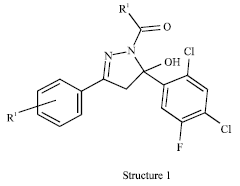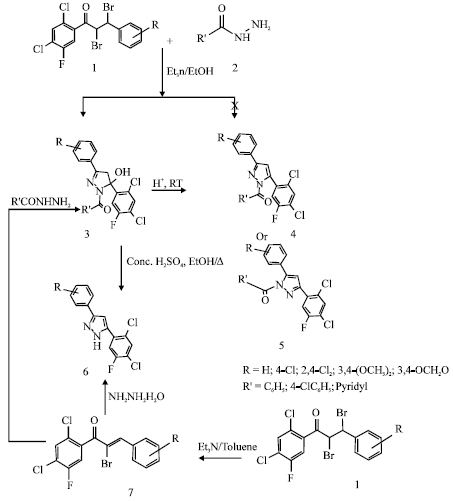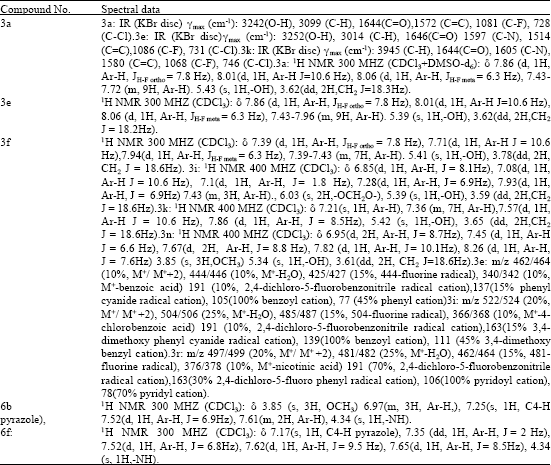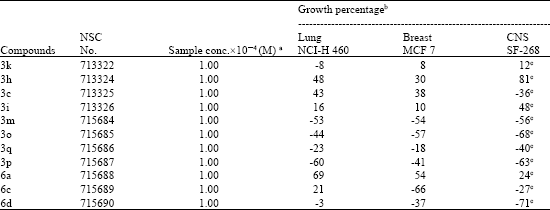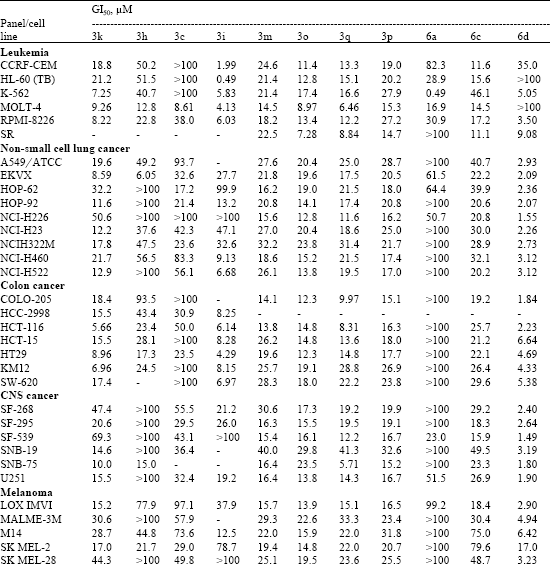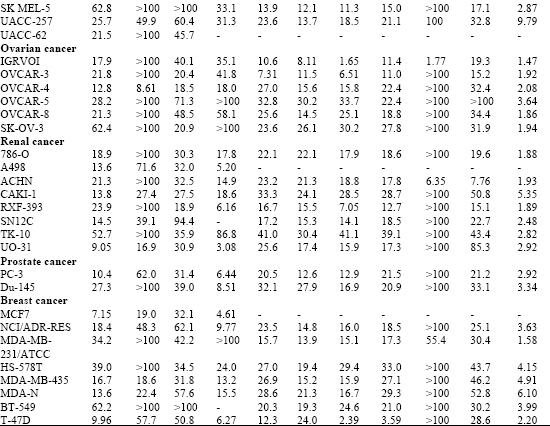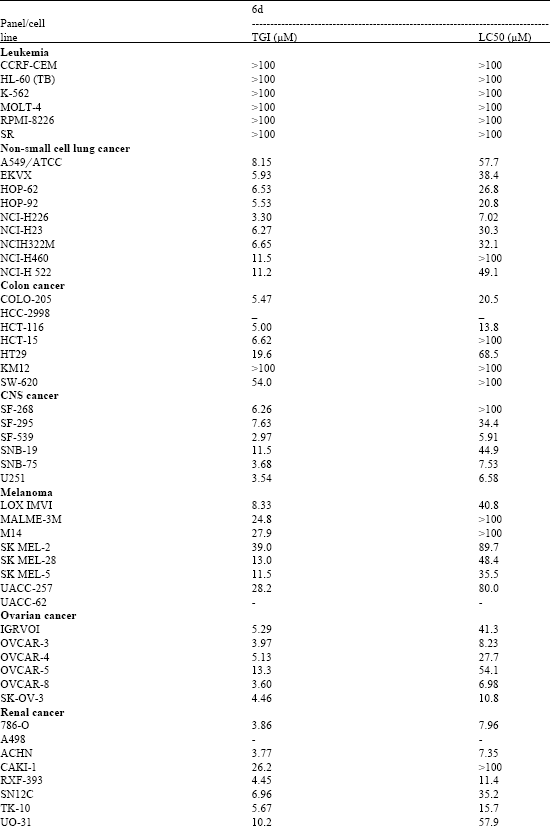Research Article
Synthesis and Studies on Some New Fluorine Containing Hydroxypyrazolines and 1H Pyrazoles-as Possible Antiproliferative Agents
Pharmachem India Pvt. Ltd., Plot No. IA, Bommasandra Industrial Area, 4th Phase, 562 158 Bangalore, India
P.M. Akberali
Pharmachem India Pvt. Ltd., Plot No. IA, Bommasandra Industrial Area, 4th Phase, 562 158 Bangalore, India
B. Shivarama Holla
Department of Chemistry, Mangalore University, Mangalagangotri, 574 199-Mangalore, India
B.K. Sarojini
Department of Chemistry, P.A. College of Engineering, Nadupadavu, Kairangala-57 4153, Mangalore, India









